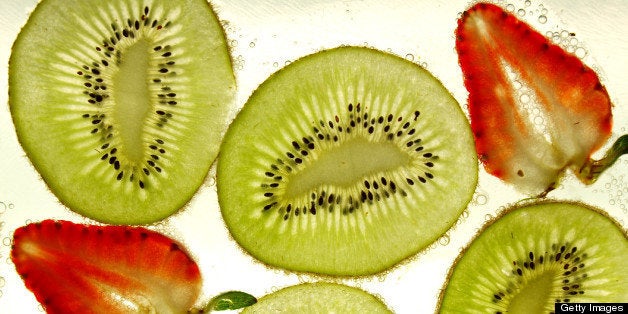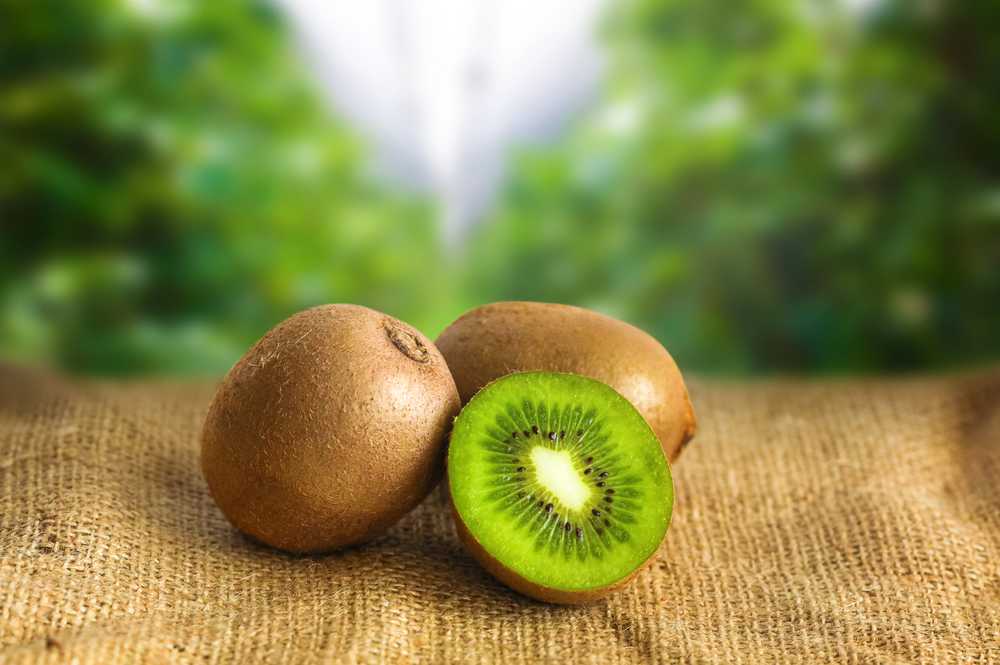From Tart to Sugary Food: Debunking What Do Kiwis Taste Like
Wiki Article
Exploring the Special Characteristics and Remarkable Biology of Kiwi: A Comprehensive Study
Welcome to the fascinating world of kiwi! In this thorough study, we will certainly take you on a journey to explore the distinct features and biology of these fascinating birds. From their physical functions to their feeding behaviors and reproductive habits, we will certainly look into every aspect of their lives. Prepare to be astonished as we uncover exactly how kiwis have adjusted to their flightless presence and discover their ecological relevance. Prepare yourself to dive deep right into the fascinating world of kiwi!Physical Attributes
What are the physical characteristics of a kiwi bird? The kiwi bird is a tiny, flightless bird native to New Zealand. One of the most unique features of the kiwi bird is its long, slim costs.The kiwi bird has a special quill, with soft, hair-like feathers that appear like fur. Unlike the majority of birds, the kiwi has small wings that are concealed under its plumes and are not practical for flying.
Another intriguing physical attribute of the kiwi bird is its nostrils located at the suggestion of its expense. This adjustment permits them to sniff out worms and bugs, their key resource of food, in the ground cover on the woodland floor (what do kiwis taste like). Furthermore, the kiwi bird has large, round eyes that are adapted for low-light conditions, as they are largely nighttime
Feeding Behaviors
To recognize the feeding habits of the kiwi bird, you need to observe its foraging habits and nutritional choices. These birds utilize their strong sense of smell to identify prey concealed beneath the surface, and after that use their costs to extract it.Kiwis are omnivorous, meaning they consume both plant and pet matter. In addition to insects, kiwis additionally take in fruits, berries, and seeds. They have a certain desire for fallen fruits that are abundant in sugars, such as the berries of the shrubby tororaro plant. Kiwis have actually been observed eating a large selection of plant species, suggesting their flexibility to different food sources.
Interestingly, kiwis do not have a crop, which is a specialized component of the gastrointestinal system discovered in many birds. Rather, their food passes straight from the esophagus to the belly. This may be an outcome of their one-of-a-kind evolutionary history and ecological niche.
Recreation and Reproduction
Now let's look into the fascinating globe of kiwi recreation and breeding, structure upon our previous exploration of their distinct feeding practices. Kiwis have a rather fascinating reproductive process. They are virginal birds, implying they create long-lasting sets. As soon as a pair has actually formed, they will stay with each other forever, which can be as much as thirty years in the wild.Throughout this time, the women kiwi will certainly lay one to 2 eggs, which are abnormally big compared to the bird's body size. Kiwi eggs are the biggest of any kind of bird in proportion to body weight.
When the chicks hatch, they are birthed fully feathered and able to see (what do kiwis taste like). They are additionally rather bright, indicating they are able to look after themselves fairly rapidly. Nonetheless, even after the chicks have actually hatched, the moms and dads remain to give treatment and security for them up until they are completely independent, which can take numerous months.

Adjustments to Flightless Presence
Throughout their transformative history, kiwis have actually created remarkable adjustments for their flightless presence. As a flightless bird, the kiwi has actually gone through several changes to its composition and habits that enable it to thrive in its special atmosphere. One of one of the most recognizable adjustments is its wing framework. Unlike other birds, kiwis have little, vestigial wings that are basically worthless for flying. Rather, these wings have actually progressed into effective appendages that aid in balance and stability, making it possible for the kiwi to browse its forest flooring habitat check it out effortlessly.Another adjustment that kiwis have actually developed is their solid legs and feet. The kiwi's legs are located and muscular far back on its body, offering it with a reduced center of gravity and ideal equilibrium.
In order to endure without the important source capability to fly, kiwis have also created a keen sense of scent. Their lengthy, slender beaks home highly delicate nostrils, enabling them to identify insects and worms below the forest floor. This amazing adjustment assists kiwis situate food sources and keep a well balanced diet plan.
Ecological Relevance
The eco-friendly relevance of kiwi exists in their role as essential seed dispersers in their indigenous habitat. As they move through the woodland flooring, kiwi forage for bugs, worms, and a variety of plants.The kiwi's capability to distribute seeds is vital for maintaining the biodiversity and equilibrium of their ecological community. By spreading out seeds throughout various locations, they add to the growth and wealth of different plant species. In turn, these plants give food and shelter for various other pets, producing a web of interdependencies within the environment.
In addition, kiwi play a vital duty in regulating the population of specific plant species (what do kiwis taste like). Some plants produce a too much variety of seeds, which can lead to congestion and limited sources for various other plants. By eating and spreading these seeds, kiwi assistance regulate the growth of such plants, ensuring a much healthier and much more varied community
The environmental importance of kiwi prolongs past their duty as seed dispersers. Their tunneling actions additionally adds to dirt aeration and nutrient recycling, enhancing the overall health and wellness of the woodland floor. Furthermore, their feeding practices can assist regulate insect populations, lowering the danger of insect break outs that could harm greenery.
Final Thought
In final thought, discovering the special attributes and fascinating biology of kiwi exposes its physical features, feeding behaviors, reproduction and breeding patterns, along with its adjustments to a flightless presence. With its distinguishing characteristics and ecological significance, the kiwi works as an exceptional instance of nature's diversity and adjustment. By comprehending and appreciating the kiwi's function in its environment, we can additionally promote conservation initiatives to ensure the conservation of this impressive varieties for my sources future generations.
Report this wiki page